Ancient History Of Malaysia
Hunter-gatherers of the Stone Age came to Malaysia as early as 8,000 BCE, which was then followed by the invasion of the Stone Age farmers who ultimately displaced the former community. Around 1000 BCE, settlers from south China also arrived, and these metal using farmers made their tools using bronze and iron and settled along the coastal area. The First Step Towards Trade
Finally, at the beginning of the 1st century CE, Indian traders also began settling in Kedah and along the west coast of the peninsula, and Hinduism and Buddhism were introduced around the same time. The Indian kingdom of Kunan was founded, and Buddhist states also began to develop. Islam was also introduced by the Arab and Indian traders and was adopted by the Malay elite.
Indian Influence
Gradually, this Malay population began to become highly civilised, and centralised states began to develop in Malaya. Interestingly, the Malayan civilisation was highly influenced by the Indian civilisation, and Malayan laws and writings of those times show strong evidence of Indian influence.
Early Empires in Malaya
Between the 7th and 13th centuries, Malaya was under the control of the Srivijaya Empire, a Buddhist based empire based in southern Sumatra. Gradually, through its trade with India and China, the empire acquired great wealth; and under their protection, a Malay trading state also grew up in the Bujang Valley area.The Worth of Melaka
Unfortunately, the gradually growing power of the Thai kingdom of Ligor and the Hindu Majapahit Empire of Java led to the decline of the Srivijaya Empire in the 14th century. When Parameswara, a Hindu prince landed in a small fishing village in 1401, he immediately realised the worth of that land (which later became Melaka), and he lobbied the Ming emperor of China to offer him protection from the Thais.
Beginning of the Chinese Monopoly
In return of this favour, the emperor was offered with generous trade deals, and this is how the Chinese entered Malaysia. Since Melaka was at an equal distance from both India and China, it became the central hub of all commerce, as more and more ships arrived regularly to take full advantage of the ample opportunities that were available here. The Sultans who ruled over this area naturally then became the greatest empire in all of Malaysia’s history.
Colonial Rule in Malaysia
Portuguese Dominion
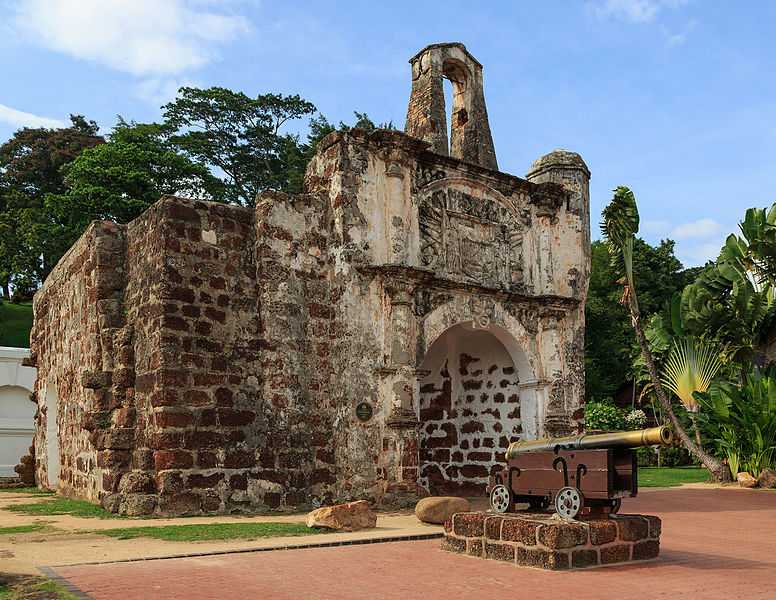
Eventual Portugal Influence
Meanwhile, the Sultan had already founded Johor, the powerful trading state, which made numerous attempts to recapture Melaka, though all of them were unsuccessful. The Portuguese rule lasted for 130 years in Malaya, and they ended up contributing only a little to develop the Malay culture. Their attempts to introduce Christianity as the central religion and Portuguese as the language failed. It sent out a rage of arguments with the local Sultans were also aplenty throughout their reign.
The Dutch Intervention
At the beginning of the 17th century, the Malays allied with the Dutch, to turn up against their mutual enemy. After two unsuccessful attempts in 1606 and 1608, the Dutch then shifted their attention to Java. However, when in 1641 the Dutch laid siege to Melaka again with the assistance of Johor, the joint alliance finally won, and Melaka came into their hands. The Dutch drove out all Europeans, and for the remaining part of the century, they dominated the region alongside Johor.The Most Powerful Malayan State & its Downfall
As a token of gratitude for the immense cooperation, Johor was exempted from most of the tariffs and the trade restrictions that were otherwise imposed on other vassal states. Even by the end of the 17th century, Johor was the most powerful state in the then history of Malaysia, but when Sultan Mahmud was assassinated in 1699, the power of Johor began to witness a downfall.
The Bugis
By the end of the 17th century, a community called Bugis, which was initially from Sulawesi, had begun settling peacefully in Johor. With the advent of the 18th century, the power of the Bugis also increased tremendously. In 1717, Raja Kecil claimed that he was the son of the assassinated Sultan Mahmud. With the support of his followers, he seized the capital of Johor and overthrew the reigning Sultan Abdul Jalil.A Rift
The latter, however, set up a rival court in the Malay Peninsula with his followers, and what followed was a fight between the two to be the ruler of Johor. Upon the orders of Raja Kecil, Abdul Jalil was murdered, and the Bugis then turned on Raja Kecil. Raja Kecil was captured, and Abdul Jalil’s son Sulaiman was made the ruler of Johor.
The British and the East India Company
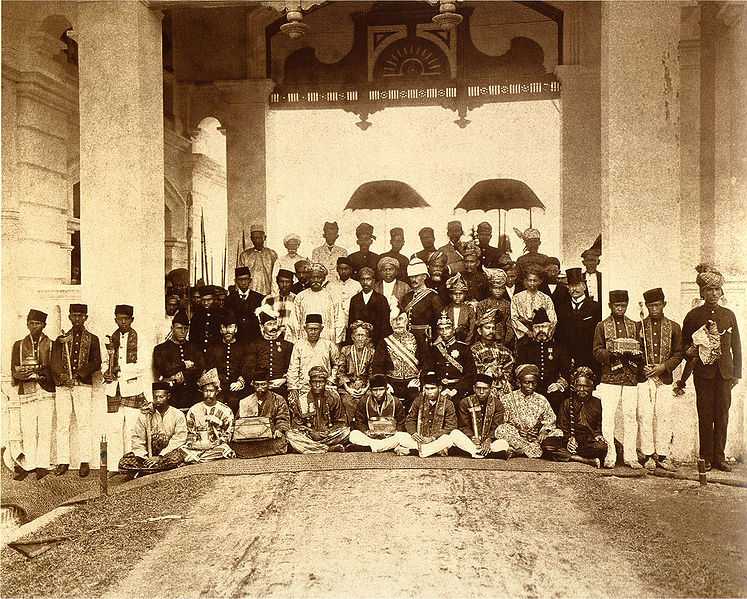
How Johor Surrendered to the British
In exchange for a handsome amount of money, he managed to strike a deal with Johor, and Johor now surrendered to Britain. Then in 1824, Britain and the Netherlands signed the Anglo-Dutch Treaty, and divided the region between themselves. The Dutch gained control over Indonesia, and the British controlled the ‘Straits Settlements’ area, which comprised of Penang, Melaka, Dinding, and Singapore.
British Control over Sarawak and the Treaty of Pangkor, 1874
In 1841, the British started to gain control over Sarawak. It so happened that James Brooke had helped the Sultan of Brunei crush a rebellion in 1840, and as a reward, he was granted the title of Raja of Sarawak. Brooke then managed to enlarge his territory by extracting more land from the Brunei Sultan through his negotiation and leadership skills, and the ‘White Raja’ dynasty then continued to rule Sarawak till 1941.Duty Halted on Tin Imports
Then in 1853, the British government stopped its duty charges on tin imports, and the result was a tremendous rise in the export of tin from Malaya to Britain. The opening of the Suez Canal further aided this in 1869, and Chinese workers came in large numbers to work in the tin mines of Malaya. However, when the sultan of Perak died in 1871, there were heated arguments over who was his rightful successor.
Chinese Rule over the Tin Mines
Chinese secret societies had their own issues, regarding who would control the tin mines. This disrupted the supply of tin to Britain; and when Raja Abdullah, the self-claimed heir to the Sultan offered a solution for the same, the British gladly agreed. This was the Pangkor Agreement of 1874, under which the British decided to recognise Abdulla as the Sultan of Perak, and in return, he would accept a British adviser at his court. The British had refrained from involving in Malayan politics until this point in the history of Malaysia. However, this treaty marked the beginning of the establishment of British political control in the region.
The British Malaya
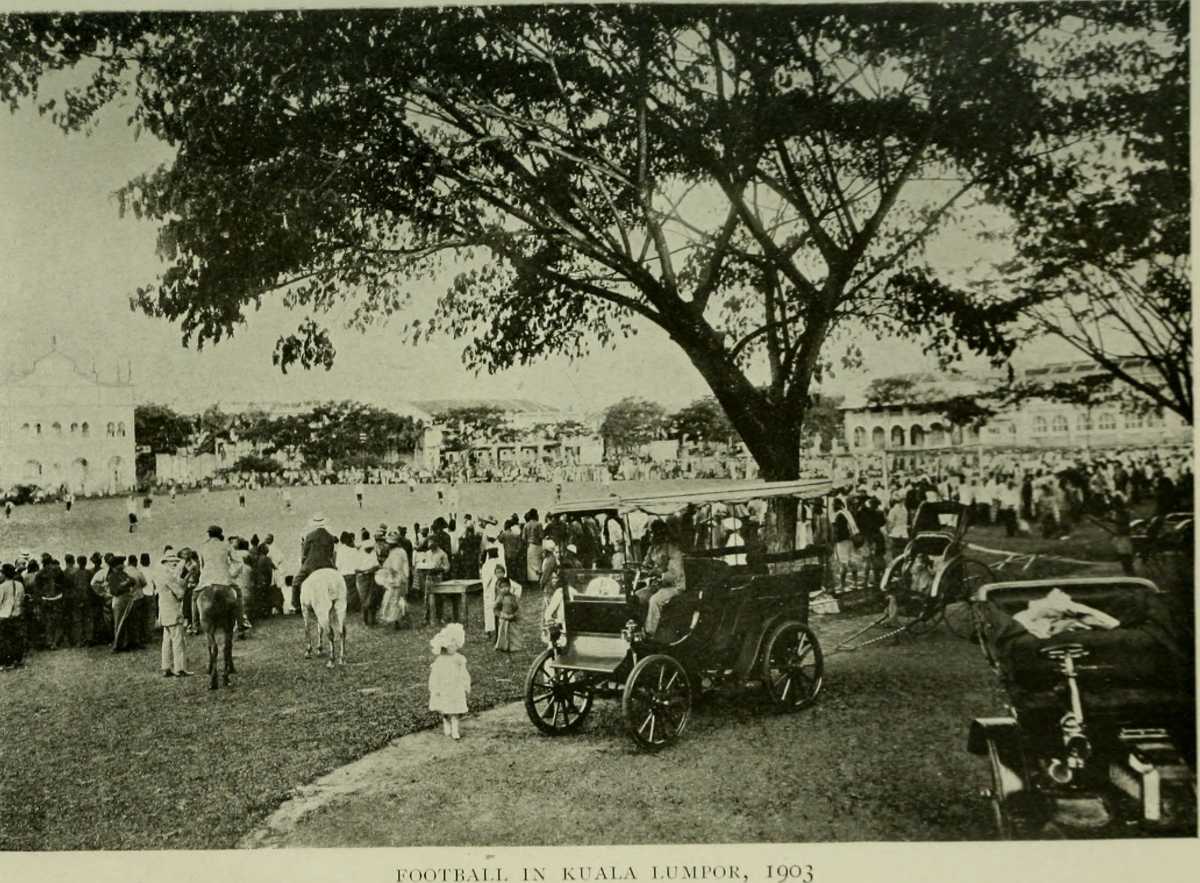
A Diluted Malayan Race
As British control over Malaya increased, the ethnic composition of the country also changed significantly. Both Indian and Chinese migrants were brought into the country as workers. While the Chinese were encouraged to be mineworkers, the Indians tapped rubber trees and worked in railway construction. The Sikhs worked in the police. The Ceylonese were appointed as clerks, and the ‘better bred’ Malays were encouraged to join the civil service.
Malaya Under the Japanese Occupation
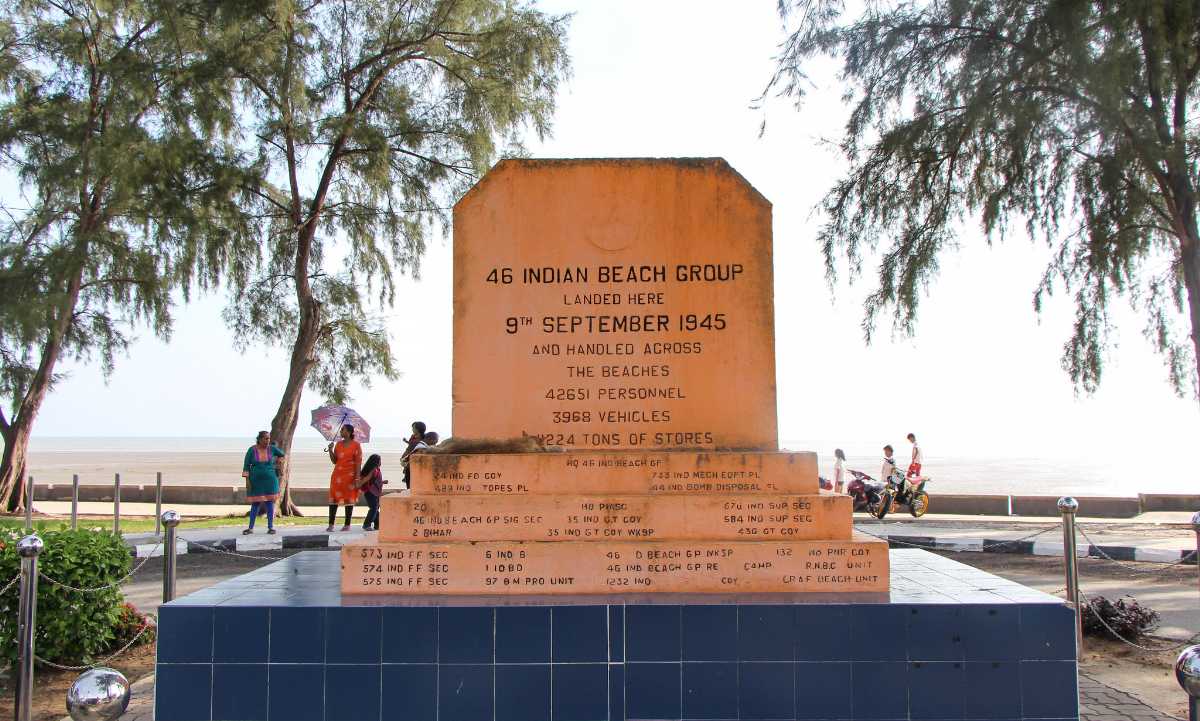
the Japanese surrendered two days before the attack (Source)
A Brutal End to the Chinese in Malaya
The new governor of Singapore, General Yamashita, ordered that the Europeans be held captive in the Changi Prison, and the Chinese communists who had opposed the Japanese invasion of China were made the centre of all brutality and wrongdoings. Thousands of Chinese were executed within a single week, causing widespread agony and hatred towards the Japanese.
No Constructive Japanese Influence
Not only did the Japanese treat the Chinese wrongly, but they also did nothing to improve the condition of Malaya. The tin mining equipment had already been destroyed by the British before they had retreated, and the rubber plantations were also wholly neglected and abandoned.
The MPAJA
The Malayan People’s Anti-Japanese Army (MPAJA) finally retorted, and they waged a jungle-based guerrilla war against the Japanese. Finally, the Japanese surrendered to the British in Singapore in 1945. But Britain too was well aware by now, that its days of glory were over. The British humiliation at the loss of Malaya and Singapore to the Japanese was not easily forgotten still.
Independence for Malaya - A Turn in the History of Malaysia
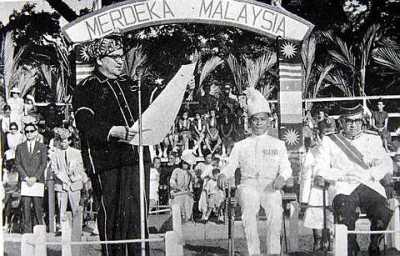
The First Malay Political Party
This was when the first Malay political party, the United Malays National Organisation (UMNO), was formed; and later in 1948, the Federation of Malaya was created. The UMNO formed a strategic alliance with the Malayan Chinese Association (MCA) and the Malayan Indian Congress (MIC). Under the able leadership of Tunku Abdul Rahman, the Sultan of Kedah's son, the alliance won the 1955 elections. Finally, on 31 August 1957, independence was declared.
The First Malay Prime Minister
Tunku Abdul Rahman served as the first Prime Minister of Malaya from 1957 to 1970. In 1963, Singapore, Sarawak, and Sabah joined Malaya, and all of them together formed the Federation of Malaysia. However, in 1965, Singapore was again declared as a separate state over political and racial concerns.
Modern Malaysia
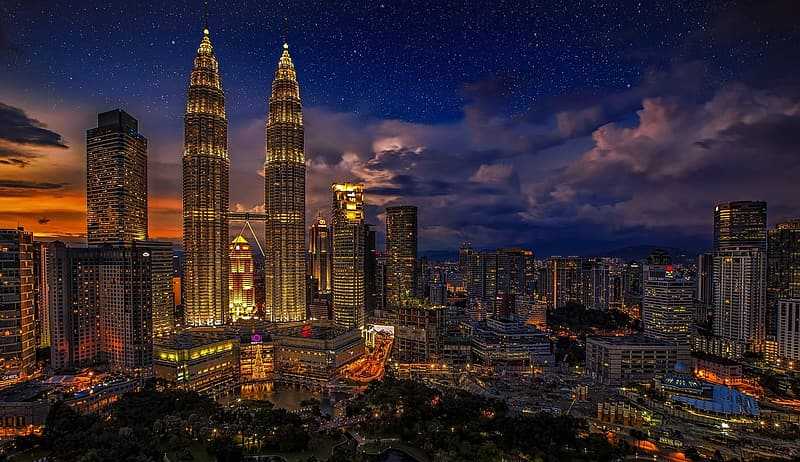
The Malay & Non-Malay Rift
Simultaneously, tensions arose between Malays and non-Malays, since the Chinese population outnumbered the Malays in both Malaysia and Singapore, and the ruler of the state Lee Kuan Yew refused to extend any constitutional privileges to the Malays in Singapore. Consequently, riots broke out in Singapore in 1964. The same issue arose again in May 1969 after the elections, but this time the violence in the history of Malaysia was so severe that the government was forced to declare an emergency.
The New Economic Policy
To resolve these issues, the New Economic Policy was introduced by the government, and opposition parties were also invited to join them. This extended coalition was named as the Barisan Nasional. A massive campaign was begun to give majority control to the army, police, civil services, and the government, and slowly and steadily, matters were resolved. However, even after almost half a century of these policies, many amends await.
Today, Malaysia boasts of being counted as an upper-middle-income country, with a stable multi-sector economy. People of diverse backgrounds and cultures live here in peace, and one can find a mix of Chinese, Malay, Indian and European cultures. The capital, Kuala Lumpur, is home to the iconic Petronas Twin Towers which are famous all across the globe; and the beaches and rainforests of Malaysia beckon visitors from far and wide to come and experience the Malaysian life.
